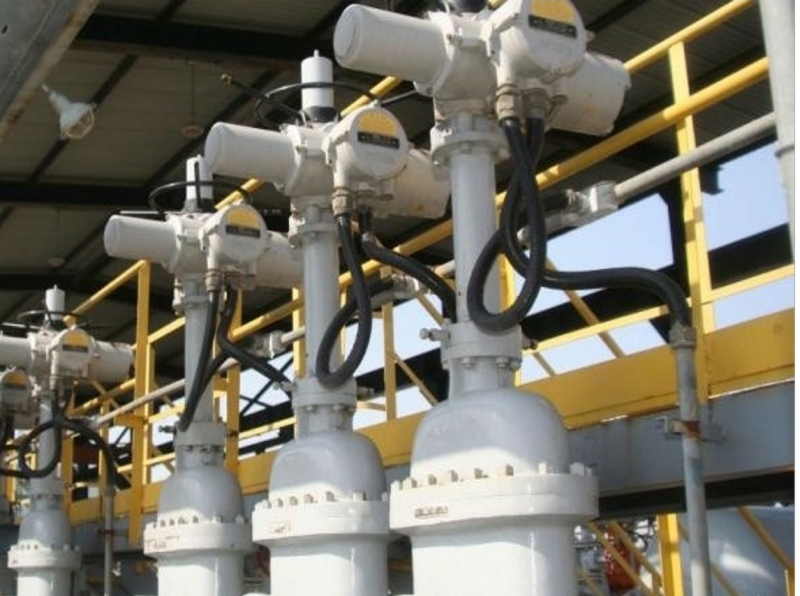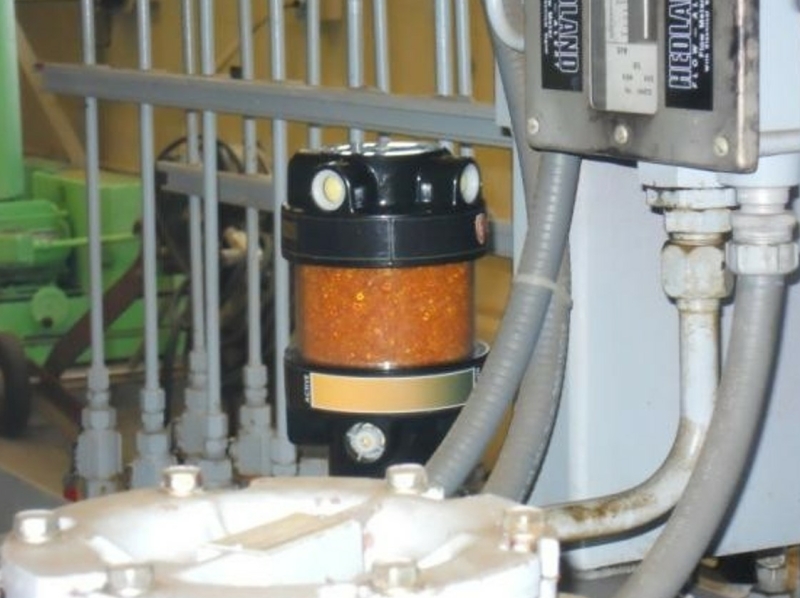What are Hydraulic Gates Systems
Hydraulic gates are used to control the flow of liquids, such as water, in various industrial and infrastructure applications. A hydraulic gate control system is designed to operate the gate and adjust the flow of liquid through the gate.
Hydraulic gates are typically made up of a gate leaf, which is a flat or curved plate that opens and closes to regulate the flow of liquid, and a hydraulic cylinder, which is used to raise and lower the gate leaf. The hydraulic cylinder is powered by pressurized hydraulic fluid, which is supplied by a hydraulic pump.
The hydraulic gate control system is responsible for controlling the flow of hydraulic fluid to the cylinder and adjusting the position of the gate leaf to control the flow of liquid. The system may include hydraulic valves, pressure sensors, and control valves, which are used to regulate the flow of hydraulic fluid and adjust the position of the gate leaf. The hydraulic gate control system may also include a control panel, which is used to monitor and adjust the system.
Hydraulic gates are commonly used in applications such as water treatment plants, hydroelectric power plants, irrigation systems, and flood control systems, where it is important to control the flow of water for safety, efficiency, and environmental reasons.
Hydraulic gates control wastewater flow between holding tanks or lagoons
 Hydraulic gates control flow
Hydraulic gates control flow
 Hydraulic Power Unit
Hydraulic Power Unit
